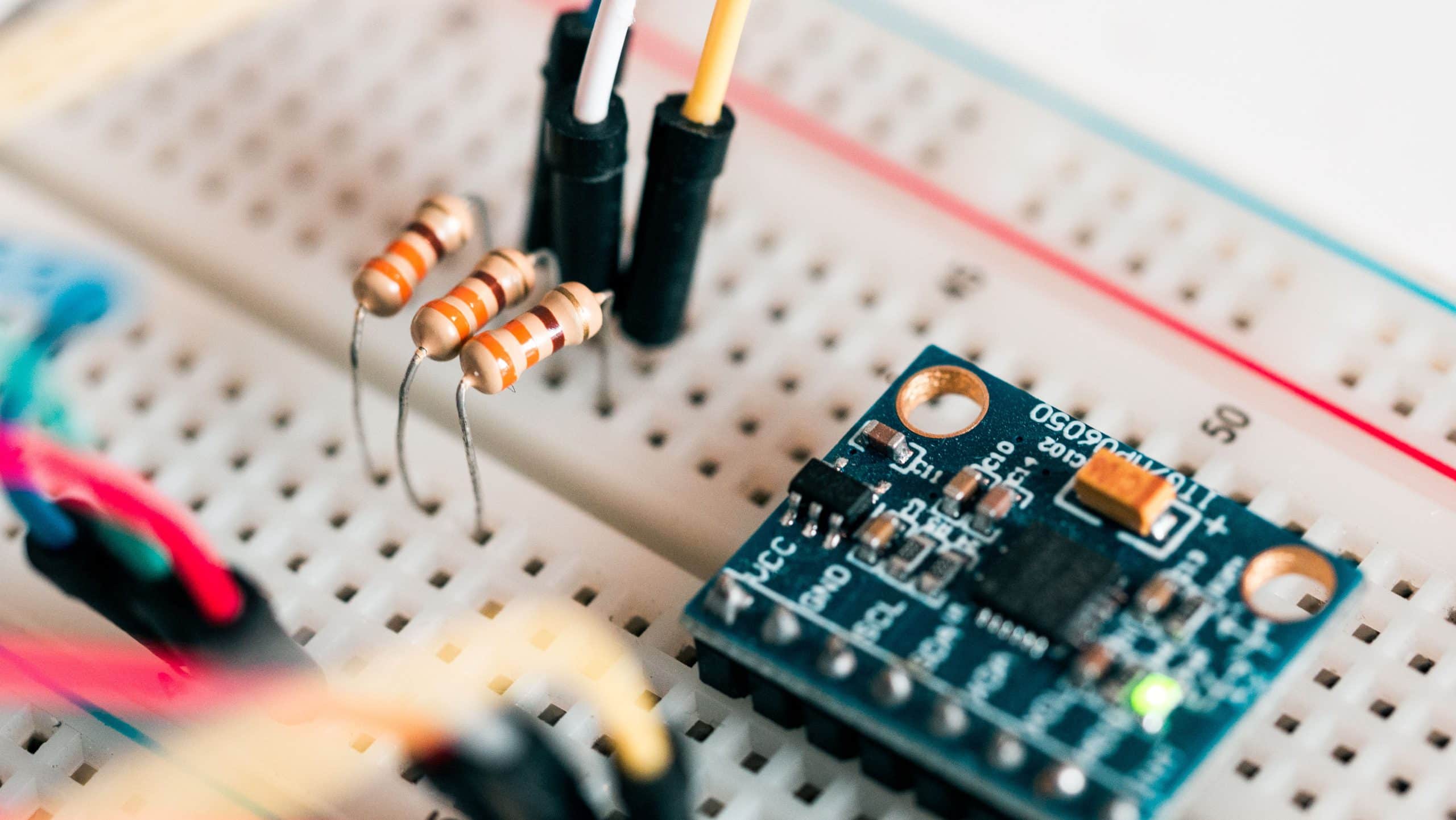It seems so simple: just order a printed circuit board. However, there is more to it than you might initially think. We’ll outline the key points of consideration, so you don’t fall into these pitfalls when ordering new printed circuit boards.
The most common pitfall when ordering printed circuit boards is an error in the design rules settings. We use the design rule check to determine whether a printed circuit board can be made. However, not every supplier uses the same design rules. So, if your design uses different design rules, we may not be able to produce your printed circuit board.
For example, there may be traces in your design that cannot be made because they are too close together. Or the diameter of the drill holes is incorrect (or the annular ring around a hole is too small). These types of problems can easily be avoided by checking whether you have the correct design rules settings in your design software. You can consult with us to determine the best settings.

Errors can also occur during the export of your design. This can result in your CAD drawing being misinterpreted by our CAM system. As a result, your printed circuit board may turn out very differently than you intended. However, you can prevent export problems by checking what the correct settings are with us.
Another pitfall when ordering printed circuit boards happens datasets are incomplete. A printed circuit board usually consists of multiple layers, and there should be a file for each layer. For example, you need a file for each layer, as well as for the solder mask, drill holes, and silkscreen.
If we’re missing the file for the drill holes, we’ll likely notice. However, we might not notice if the file for the silkscreen is missing. Therefore, always double-check before ordering whether all files are included! And always send the design in a zip file (gerber + Excellon) or .tgz (ODB++).